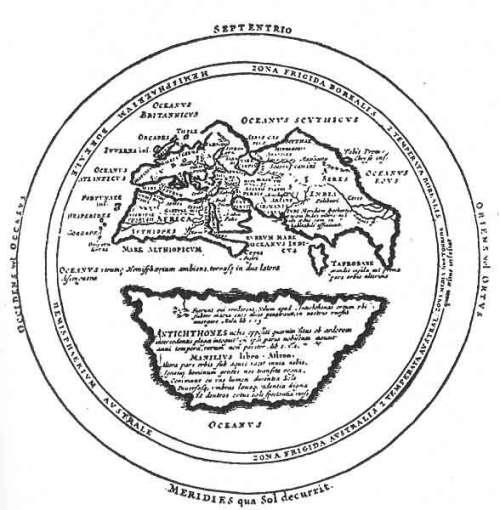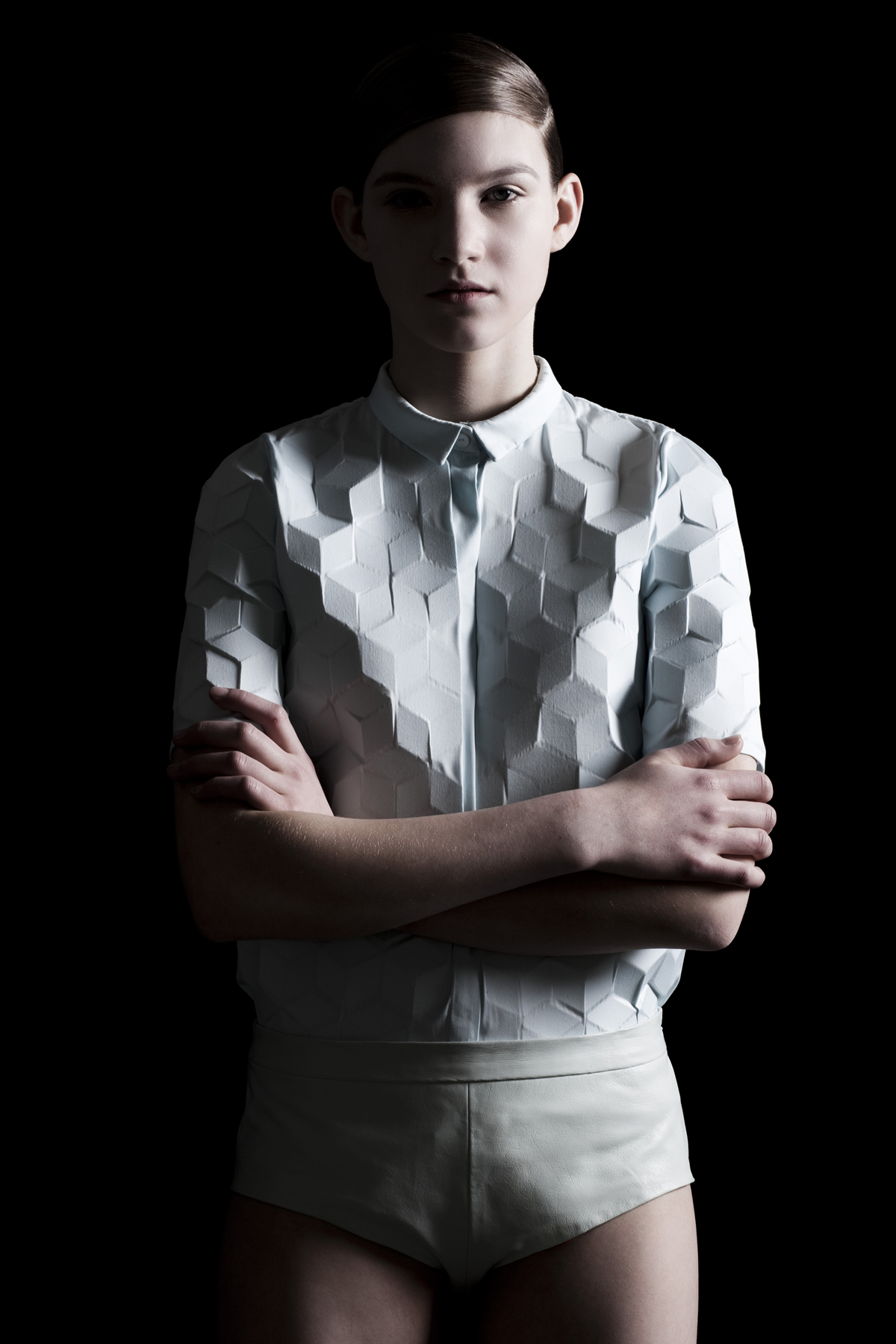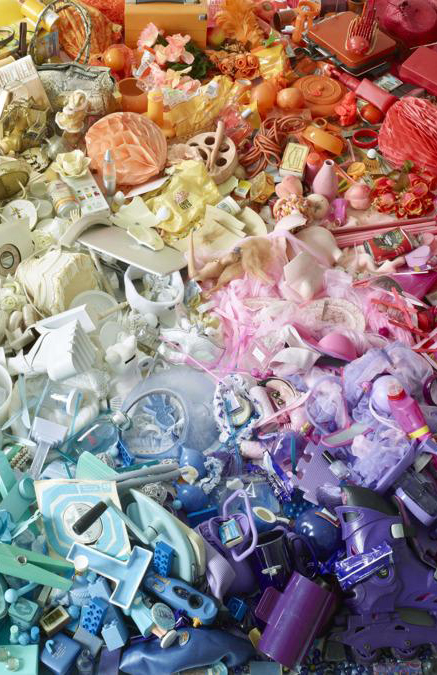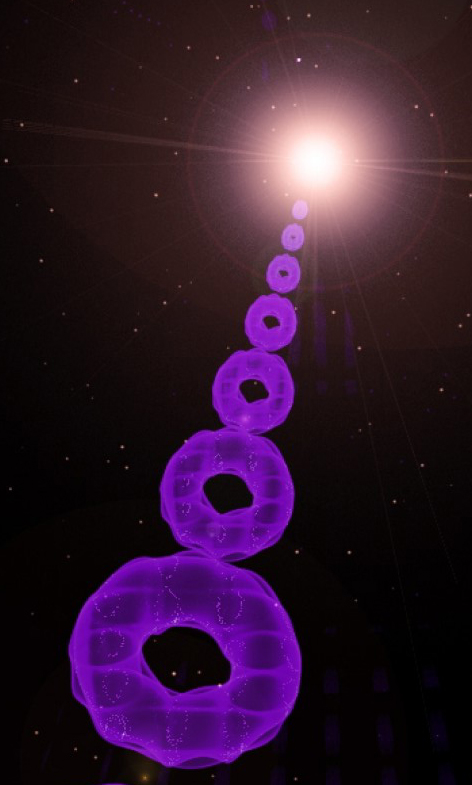
Maxim Zhestkov
Elements
Elements is an experimental art film by Maxim Zhestkov about nature, physics, art and love. More than 2 billion elements / particles governed by tensions and forces of nature were used to tell stories and show emotions through the motion of collective behavior.
The film is a trial to explore the idea that everything around us and inside us is made from simple elements / blocks which can be arranged in complex relationships and become compound structures. We could project this idea into emotions, behaviours, thought processes, relationships, life, planets and the 23.











